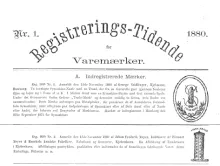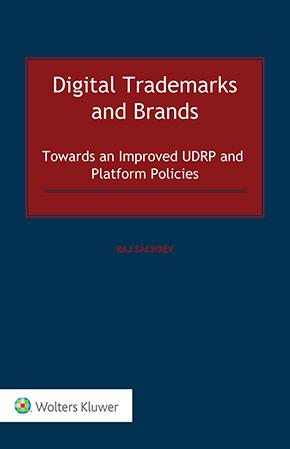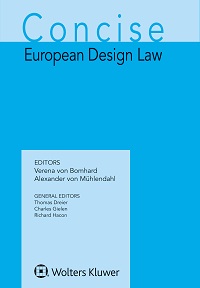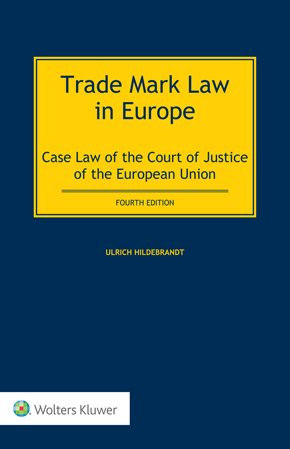Well-Known Marks but Where? Territorial Scope in the Astana International Financial Centre vs Mainland Kazakhstan
October 9, 2025
The Astana International Financial Centre (AIFC), established in 2018, is a special economic zone with a special legal regime in Kazakhstan. Developed with reference to international models like the Dubai International Financial Centre, it applies principles of English common law and has its own court and arbitration center. Participants voluntarily accept the AIFC’s legal framework and dispute resolution system.
For more background on the AIFC’s establishment and legal framework, see this post.
Beginning 1 January 2025, the AIFC extended this autonomy by introducing its own intellectual property regime. In this new system recognition of well-known marks are governed under the AIFC Intellectual Property Regulations rather than by Kazakhstan’s national trademark law. In addition, there is no separate AIFC trademark register, as national registrations remain valid. What changes are the forum, the legal test, and above all, the territorial reach of remedies. This raises a pivotal question: what does it mean for a well-known trademark to be protected “within the AIFC”?
National Recognition in Kazakhstan
Kazakhstan recognizes well-known marks under Article 18-1 of the Law on Trademarks. A rightsholder (or user of an unregistered sign) applies with supporting evidence, often including consumer surveys. After a three-month objection period, a commission of the Ministry of Justice decides whether to grant recognition, which is then recorded by the national patent office – Qazpatent.
The effect is broad. Protection applies nationwide for ten years, renewable, and under Article 43 infringement covers all goods and services, not only similar ones. This provision makes national recognition especially powerful because a well-known mark such as Toyota can stop unauthorized use across the entire Kazakh market, whether in brick-and-mortar stores or e-commerce.
Recognition under the AIFC Intellectual Property Regulations
Inside the AIFC, a mark may be recognized as well-known even without national registration, provided it has an international reputation and is recognized among the relevant sector of Kazakhstani consumers (Section 49(1) of the AIFC Intellectual Property Regulations). The assessment is holistic, considering recognition, duration and geography of use and promotion, registrations, prior recognitions, enforcement history, and commercial value (Section 49(2)).
The AIFC prohibits the use of identical or confusingly similar marks within the AIFC (Section 49(3)). Protection also extends to even not identical goods and services where a potential connection is made and the owner’s interests are likely harmed (Section 49(4)), and it includes an anti-dilution safeguard against commercial uses that weaken distinctiveness (Section 49(5)). Enforcement lies with the Commissioner of Intellectual Property, which may issue administrative directions under Section 67. These may require a party to cease infringement, suspend activities, confiscate goods, or pay fines, with non-compliance referred to the AIFC Court.
The Regulations also specify that some fair uses are not infringement. Under Section 53, trademarks may be used in good faith to indicate the purpose of goods or services, in news reporting, commentary or parody, or in comparative advertising, provided such use complies with honest commercial practices.
The Scope Dilemma
Here lies the core difference. National recognition secures protection across the entire Republic of Kazakhstan. AIFC recognition, by contrast, operates within a narrower jurisdictional scope. The AIFC Intellectual Property Regulations apply to AIFC Participants, bodies, and employees, and also extend to other persons who have accepted the AIFC’s jurisdiction by contract. Infringement is defined as conduct “in the AIFC,” which means that protection is territorially and institutionally limited to activities connected with the Centre.
This creates a dual system. A rights-holder with AIFC recognition can act quickly within the Centre, using its streamlined enforcement tools, but protection stops at its borders. National recognition, meanwhile, provides country-wide coverage, but through slower and more formal procedures.
Conclusion
Kazakhstan now operates a two-track system for well-known marks. National law secures broad territorial coverage through Article 18-1 and Article 43 of the Trademark Law, while the AIFC Regulations offer a flexible, reputation-based framework limited to the Centre’s jurisdiction.
For brand owners, this duality expands options but also introduces uncertainty. Conduct permissible under AIFC “fair use” may still infringe nationally, and vice versa. The system is new, and early actions of the Commissioner and decisions by the AIFC Court will be closely watched. For now, the real dilemma for trademark owners is not whether their marks are well-known, but where they are well-known, and whether that recognition carries weight beyond the AIFC’s walls.
You may also like












